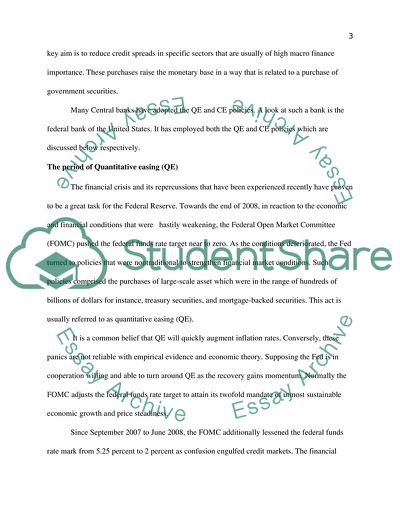Cite this document
(Economics of Financial Markets Coursework Example | Topics and Well Written Essays - 2250 words, n.d.)
Economics of Financial Markets Coursework Example | Topics and Well Written Essays - 2250 words. https://studentshare.org/macro-microeconomics/1591224-explain-the-difference-between-quantitative-easingqe-and-credit-easingce-and-discuss-the-theoretical-channels-through-which-they-may-affect-financial-markets
Economics of Financial Markets Coursework Example | Topics and Well Written Essays - 2250 words. https://studentshare.org/macro-microeconomics/1591224-explain-the-difference-between-quantitative-easingqe-and-credit-easingce-and-discuss-the-theoretical-channels-through-which-they-may-affect-financial-markets
(Economics of Financial Markets Coursework Example | Topics and Well Written Essays - 2250 Words)
Economics of Financial Markets Coursework Example | Topics and Well Written Essays - 2250 Words. https://studentshare.org/macro-microeconomics/1591224-explain-the-difference-between-quantitative-easingqe-and-credit-easingce-and-discuss-the-theoretical-channels-through-which-they-may-affect-financial-markets.
Economics of Financial Markets Coursework Example | Topics and Well Written Essays - 2250 Words. https://studentshare.org/macro-microeconomics/1591224-explain-the-difference-between-quantitative-easingqe-and-credit-easingce-and-discuss-the-theoretical-channels-through-which-they-may-affect-financial-markets.
“Economics of Financial Markets Coursework Example | Topics and Well Written Essays - 2250 Words”. https://studentshare.org/macro-microeconomics/1591224-explain-the-difference-between-quantitative-easingqe-and-credit-easingce-and-discuss-the-theoretical-channels-through-which-they-may-affect-financial-markets.


